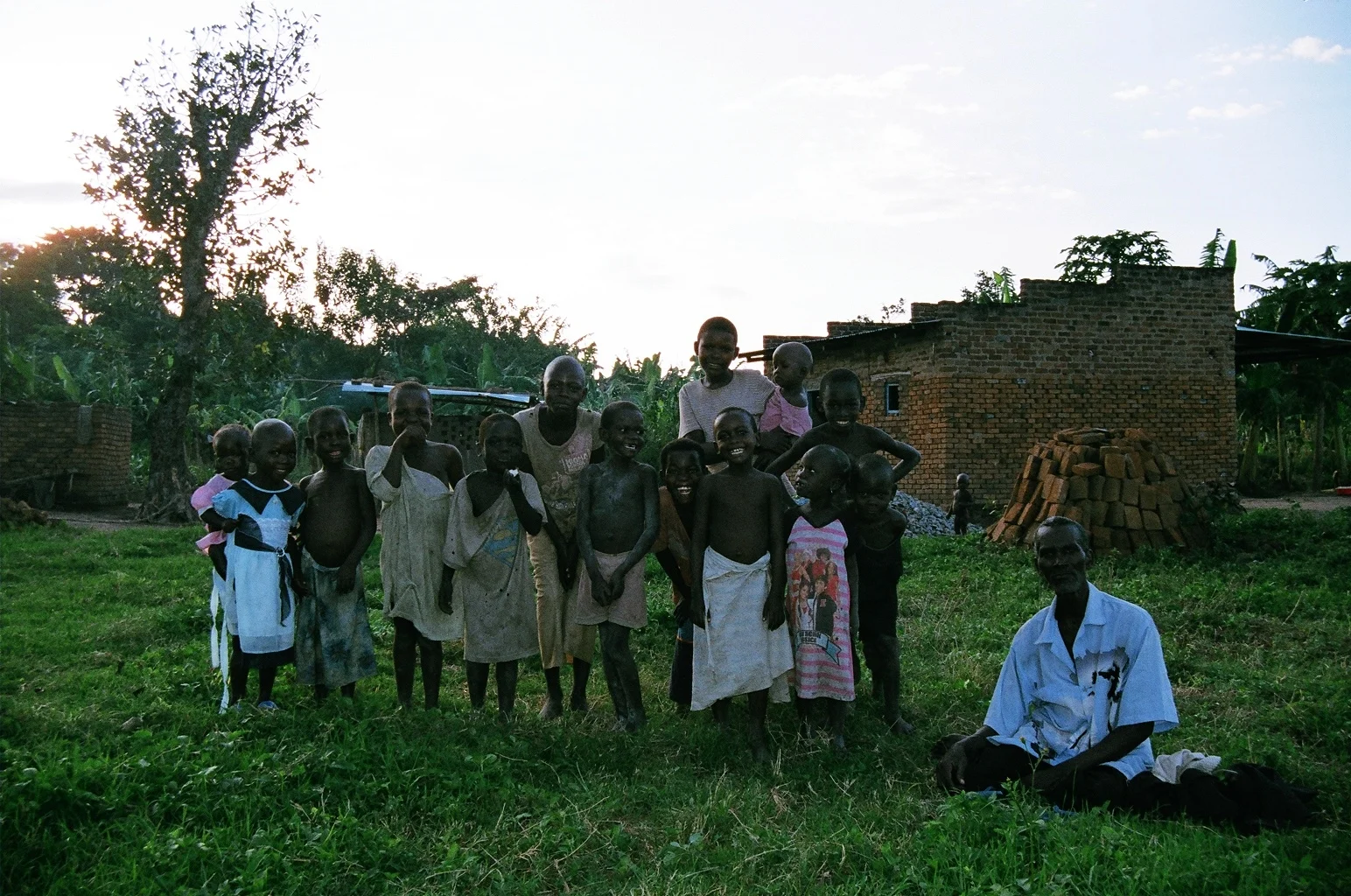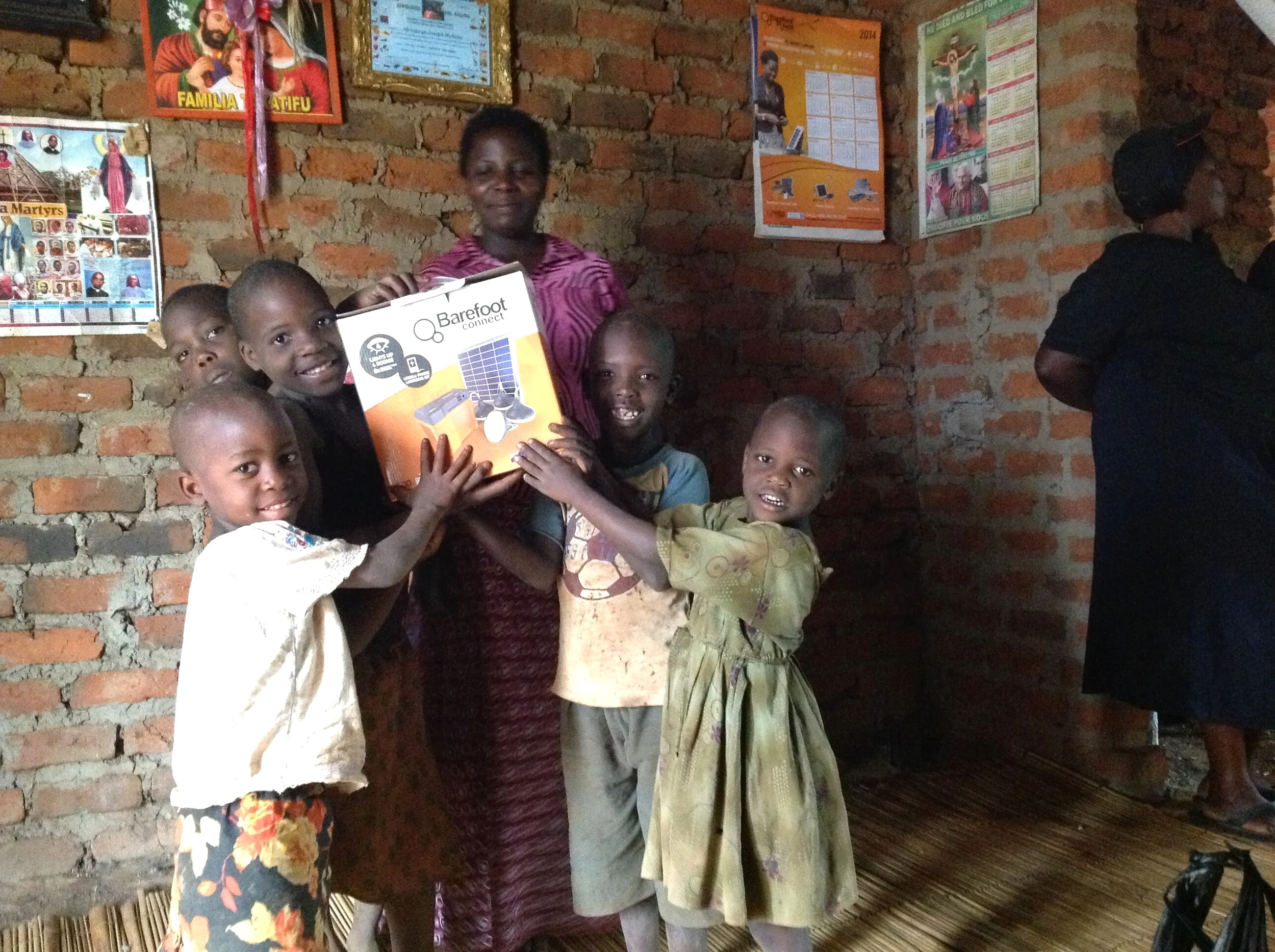Uganda is one of the poorest countries in the world, in spite of annual economic growth rates of between 5 and 7% over the last decade
The Human Development Index (HDI) of the United Nations Development Programme (UNDP) ranked Uganda 161st of 186 countries listed in 2012, in the ‘Low human development’ category with one third of the population living below the poverty line. Amongst other indicators, Uganda has one of Sub-Saharan Africa’s lowest rates of electrification, with only 6% of the population having access to electricity. Because of the remoteness of rural villages, and even lower economic capacity than the average, communities in the north and east of the country are even less likely to be able to afford any form of electricity, now or in the future. The situation in South Sudan, the world’s newest nation, commonly termed a failed state, and in Burundi, continuing to experience conflict is no better. The majority of South Sudanese live on less than 4 SSP a day and only 4% currently have access to electricity. Over 80% cannot afford kerosene or candles. Women are the greatest victims of prevailing energy poverty.
It is clear from discussions with local communities in these three countries, that the lack of clean and safe light is one of the most important impediments to development. Against this background, Solar Links Initiative has evolved to help local people onto the first step towards accessing renewable energy.
Solar Links Initiative is different from other solar programmes both in its model of sustainability, at the heart of which are local, affordable savings schemes, and in the way that it involves and empowers the community and replicates itself. Most other providers are selling metered pay-as-you-go systems, which require an upfront deposit and, usually, daily repayment. They are therefore neither targeting entire communities, nor are able to reach the most remote 'last-mile' communities, far, for the most part, even from trading centres where airtime can be purchased, and are considerably more expensive than the Solar Links Initiative scheme. This deliberately targets communities in post-conflict areas, currently of Uganda, where people are suffering the greatest need.
A typical household of maybe eight or ten people spends about £5 per month on paraffin and candles for lighting and perhaps an extra pound on telephone charging, and many hours a week travelling to trading centres to purchase both. This is a large amount of money and time for subsistence farmers who consume almost all that they produce and have very little cash.
Solar Links Initiative raises money which is used for the purchase of the home solar lighting systems from solar lighting specialists in Kampala. The cost is approximately £65 per households. Although the solar panels will last over 20 years, batteries and bulbs will need replacing after about 5 years, depending on usage. Solar Links Initiative partners with local community organisations who work with their community to set up, or expand, a savings scheme which will allow for the costs of the scheme to be repaid, on a not for profit basis, over an agreed period of time. Each household is required to sign an agreement to save an affordable monthly amount, of about £5. The community group opens a savings account with a bank and acts as trustee for the households. Savings are banked through Mobile Money by the representative and can be viewed online by signatories, including Solar Links Initiative.
The scheme also helps to strengthen a community spirit. Two representatives are chosen out of the community of approximately 150 households who a) collect the money each month and b) are trained to advise on maintenance of the equipment and trouble shoot more minor technical problems. The 150 households are divided into smaller groups who guarantee each others' monthly repayment. Beneficiary communities are already able to report very substantial improvements in their lives.
Solar Links Initiative is currently working with communities in Eastern Uganda and in Lira District in Northern Uganda having worked in communities in Karamoja for the last few years. In Kajo Keji District in South Sudan, beneficiary villages are Wudu, Mondikolok and Liwolo and in Burundi in the Provinces of Buruuri, Makama and Bujumbura. Each village comprises about 150-200 households, with an average of 8 members, so approximately 15000 people can benefit annually, at current capacity.
The benefits are not just limited to one area of the subsistence farmers’ lives, but cut across all aspects of it. The following are examples given by beneficiaries:
1. Education
The children can study in the evening and their performance at school improves, as attested by teachers;
Parents encourage reading and homework, whereas many confess to chiding their children previously for using precious paraffin;
2. Health
Coughs and more serious respiratory disease disappear: pneumonia kills more children in Uganda than malaria and it is the smoke-filled houses that weaken the lungs and make them susceptible; Mosquito nets, which are flammable, can be used; Mosquitoes, and snakes, dislike LED lights;
3. Hygiene
The house, which can be cleaned at night, is cleaner and clothes, bedding and everything in it no longer smell of smoke; the hygiene of baby care at night is vastly improved;
4. Household Economy
· Households can engage in economic activity after nightfall;
· Household chores can be done at night, allowing for greater economic activity during the day;
· Families have more spending money – less is spent on the savings scheme than on paraffin, and phone charging, and spare funds are now available for expenditure on better food, soap etc;
· Saving for other community loans is made possible;
· The cost of medication for respiratory problems and of hospital visits for burns are saved;
· Women are the greatest beneficiaries, and that impacts the lives of their children;
5. Safety
· Children, especially babies, are much safer with lights at night;
· Fire risks, and therefore the fear of fire, are eliminated: the danger of the whole house burning down is now avoided;
· Domestic violence has reduced, all wives hold to account husbands who cannot bring paraffin home, and this can often end in argument;
6. Information and Communications
· Villagers have greater use of mobile phones, as they can charge them themselves, without having to leave batteries charging elsewhere for a couple of un-connected days;
7. Community development
· Community spirit and motivation to cooperate has strengthened;
· Socialising at night is possible and the whole community feels better about itself;
· The community is empowered through establishing a community savings scheme, which can also be used for other loans.









